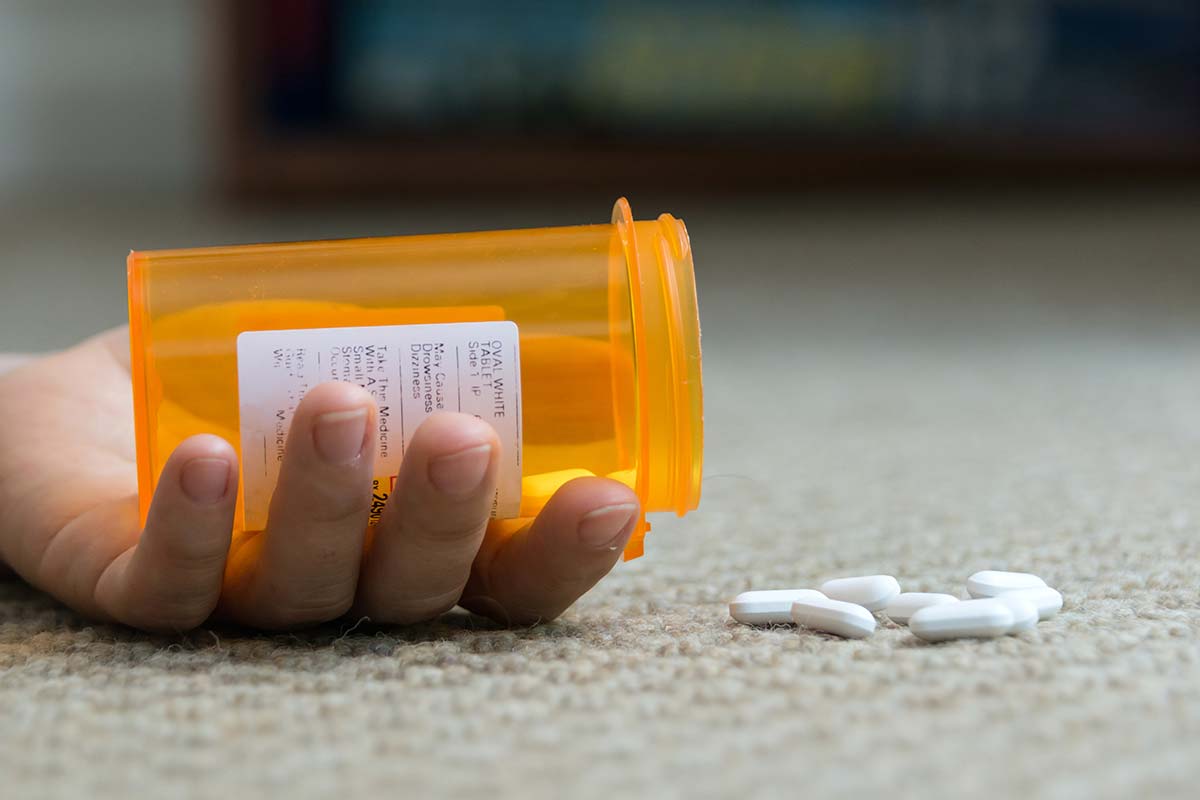The opioid crisis shows no signs of slowing in 2022 after being exacerbated by the COVID-19 global pandemic.
US Overdose Deaths Hit Record Highs Last Year
More than 107,000 Americans died of drug overdoses in 2021, a record number according to estimates from the Centers for Disease Control and Prevention.
That’s approximately one overdose death in the United States every five minutes.
The 107,000 drug overdose deaths in 2020 — compared to just over 70,000 deaths in 2019 — represent the largest year-to-year increase in recent history for the United States and by far the largest absolute number of drug overdose deaths ever reported.
Pandemic Worsened Opioid Epidemic
Researchers have theorized that the worsening of the opioid epidemic during the pandemic is due to several factors, including
- More dangerous drug supply (synthetic opioids such as fentanyl)
- Disruption of treatment and recovery support systems
- Social isolation
- Increased levels of social and economic stress
Emergency medical services reported increases in overdose-related cardiac events, with rates 50% higher in 2020 than May 2019.
States and cities documented increases in overdose deaths as well as nonfatal drug overdose cases. The states of Rhode Island and Ohio reported increases in overdose deaths at the beginning of the pandemic. The cities of Indianapolis, IN, and Richmond, VA reported increases in nonfatal overdoses.
Deaths from Synthetic Opioids Continue to Rise
Opioids is a term used to describe both natural and synthetic chemicals that interact with opioid receptors on nerve cells in the body and brain to reduce the intensity of pain signals.
Natural opioids, such as heroin, morphine, and codeine, are extracted from poppy plants.
Synthetic opioids, such as fentanyl and carfentanil, are made in a lab so they cost less to produce, can be produced faster, and can be more potent than their natural counterparts.
Synthetic opioids are driving overdose deaths in the United States. In 2020, synthetic opioids accounted for over 82% of all opioid-involved deaths.
Fentanyl is 50x - 100x more powerful than morphine. Another synthetic opioid, Carfentanil, was originally created to be an elephant tranquilizer and is 10,000x more potent than morphine.
Both of these synthetic opioids – and others — are used to cut other drugs, such as heroin and cocaine, or cut into pill form and sold on the streets as counterfeit painkillers.
Prescription Opioid Misuse Continues to Factor into Opioid Crisis
In the late 1990s, pharmaceutical companies assured the medical community that prescription opioids were a nonaddictive solution for pain patients, and healthcare providers began prescribing these medications at greater rates.
As prescription opioid use increased, so did misuse, addiction, and overdose deaths. It became clear that prescription opioids were not without addiction risk, and many people who began misusing prescription opioids then moved on to heroin and other illicit forms of opioids.
In 2017, the U.S. Department of Health and Human Services declared the opioid epidemic a public health emergency.
2019 and 2020 data on the opioid epidemic revealed that in the past year:
- 10 million people misused prescription opioids
- 1.6 million people misused opioids for the first time
- 1.6 million people had an opioid use disorder
- 745,000 people used heroin
- 107,000 people died from an opioid overdose (in 2021)
- 82% of opioid overdose deaths resulted from synthetic opioids
Securing Opioids Can Help Reduce Misuse
Not all patients receiving opioid prescriptions misuse their medications. According to an HHS survey, 87.5% of adults receiving prescription pain relievers do not misuse their meds.
However, 12.5% of the 91.8 million pain reliever users in the past year admitted to misusing their prescription opioids.
For the ten million Americans who are misusing prescription opioids, the risk for opioid addiction and overdose continues to be a real threat. An estimated 4-6% of people who misuse prescription opioids transition to heroin.
Even for prescription pain patients who are not misusing their opioids, their prescription medications could still pose a threat. Data from the 2017 National Survey on Drug Use and Health indicates that 40% of respondents obtained prescription opioids in the past year free from friends or family members.
Securing opioid prescriptions in a locking bottle, medication lock box, or safe can help pain patients prevent unauthorized access to their prescriptions. While it’s not a one-size-fits-all solution to the opioid crisis, securing opioid prescriptions is a small step that all patients can take to help ensure their medications are not misused and to help turn the tide of America’s ongoing opioid epidemic.



